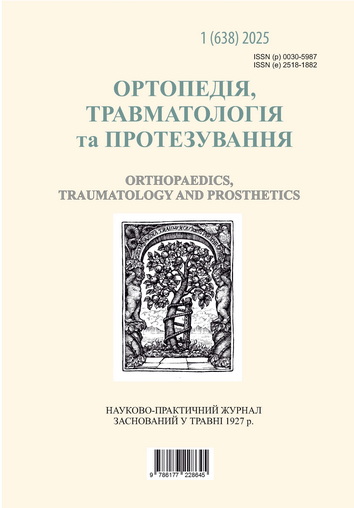OSTEOSARCOPENIA: EPIDEMIOLOGY, RISK FACTORS AND MODERN MANAGEMENT STRATEGIES
DOI:
https://doi.org/10.15674/0030-59872025196-106Keywords:
Osteoporosis, sarcopenia, osteosarcopenia, sarcoporosisAbstract
Osteosarcopenia is a combination of osteoporosis and sarcopenia that has been identified as a distinct geriatric syndrome, which has recently attracted increasing attention from the medical community. Unfortunately, to date, there are no unified criteria for defining this syndrome, which affects the determination of its epidemiology and prevention methods. The coexistence of osteoporosis and sarcopenia in an individual is associated with an increased risk of falls and fractures, reduced functional capabilities and quality of life, and a heightened risk of mortality; thus, it holds significant medical and social importance. The aim of this review was to analyze the current literature on osteosarcopenia, including its prevalence, pathogenesis, risk factors, and management. Methods. A review of literature sources was carried out in the electronic scientometric databases PubMed, Scopus, Web of Science and Google Scholar using the keywords: "osteoporosis", "sarcopenia", "osteosarcopenia", "sarcoporosis" for 2019-2024 with additional inclusion in the analysis of earlier publications which have a recognized scientific value. Both cohort and prospective studies, as well as meta-analyses and systematic reviews, were analyzed. The results of this work included clarifying terminology, determining the global prevalence of osteosarcopenia, and analyzing risk factors and key components of its pathogenesis, particularly in subjects with comorbidities (such as diabetes and obesity). Scientific studies on the most explored pharmacological and non-pharmacological approaches to treating osteosarcopenia were also reviewed, with a focus on methods that require further research to confirm their effectiveness. Conclusions. Given the prevalence of osteosarcopenia and the associated risks, further investigation, especially within the Ukrainian population, is highly relevant and necessitates new research to improve the management of this geriatric syndrome.
Downloads
How to Cite
Issue
Section
License
Copyright (c) 2025 Darina Kurylo, Nataliia Grygorieva

This work is licensed under a Creative Commons Attribution 4.0 International License.
The authors retain the right of authorship of their manuscript and pass the journal the right of the first publication of this article, which automatically become available from the date of publication under the terms of Creative Commons Attribution License, which allows others to freely distribute the published manuscript with mandatory linking to authors of the original research and the first publication of this one in this journal.
Authors have the right to enter into a separate supplemental agreement on the additional non-exclusive distribution of manuscript in the form in which it was published by the journal (i.e. to put work in electronic storage of an institution or publish as a part of the book) while maintaining the reference to the first publication of the manuscript in this journal.
The editorial policy of the journal allows authors and encourages manuscript accommodation online (i.e. in storage of an institution or on the personal websites) as before submission of the manuscript to the editorial office, and during its editorial processing because it contributes to productive scientific discussion and positively affects the efficiency and dynamics of the published manuscript citation (see The Effect of Open Access).














